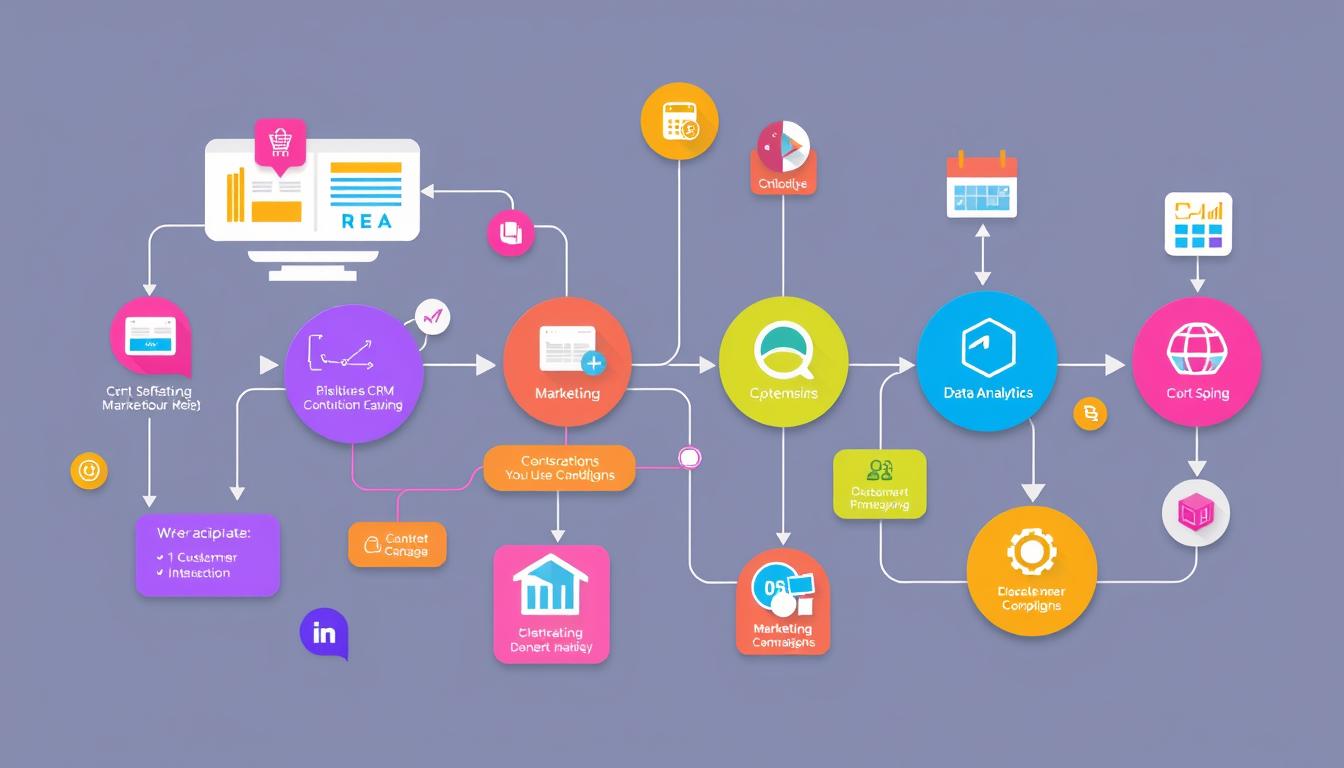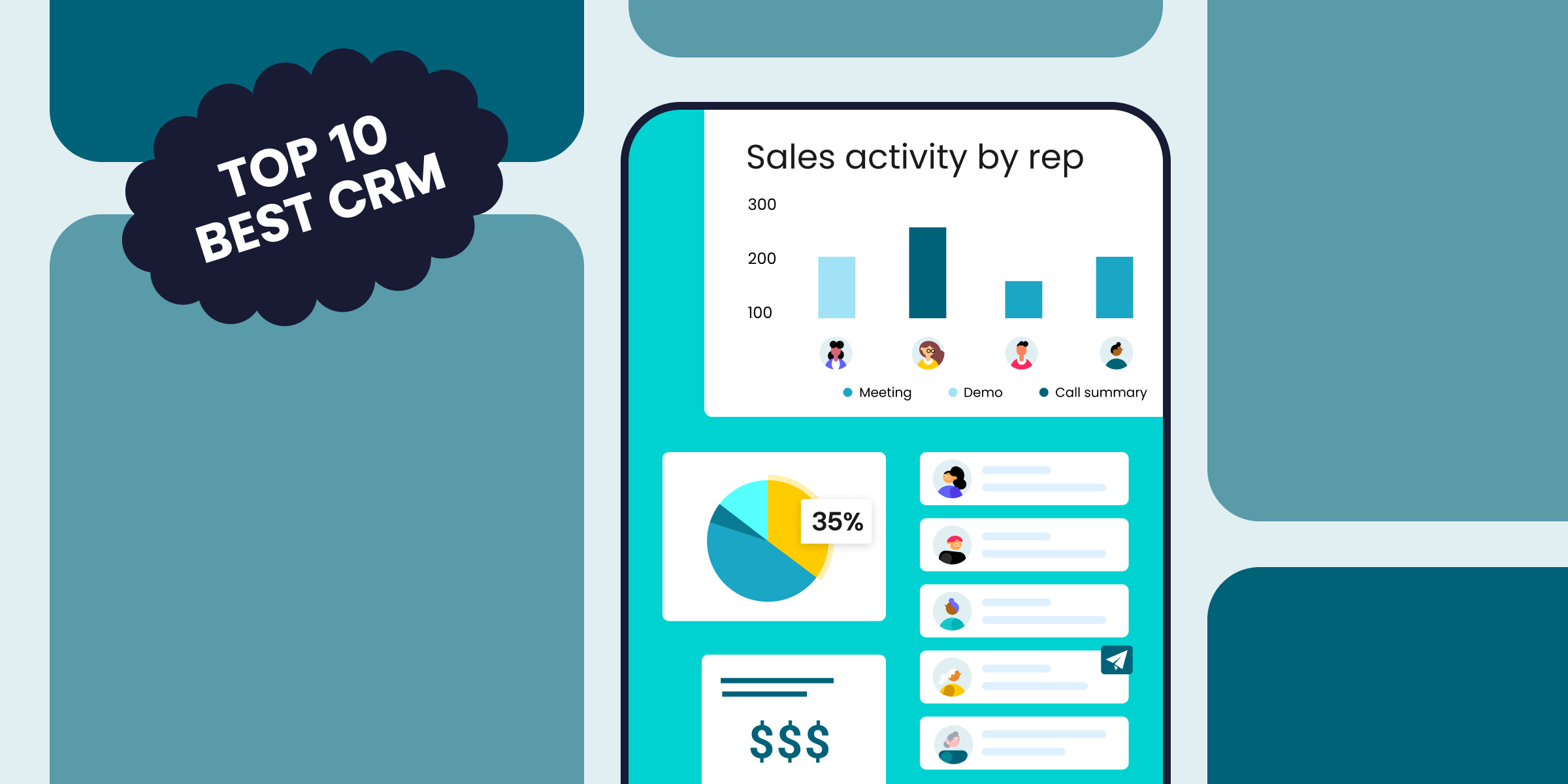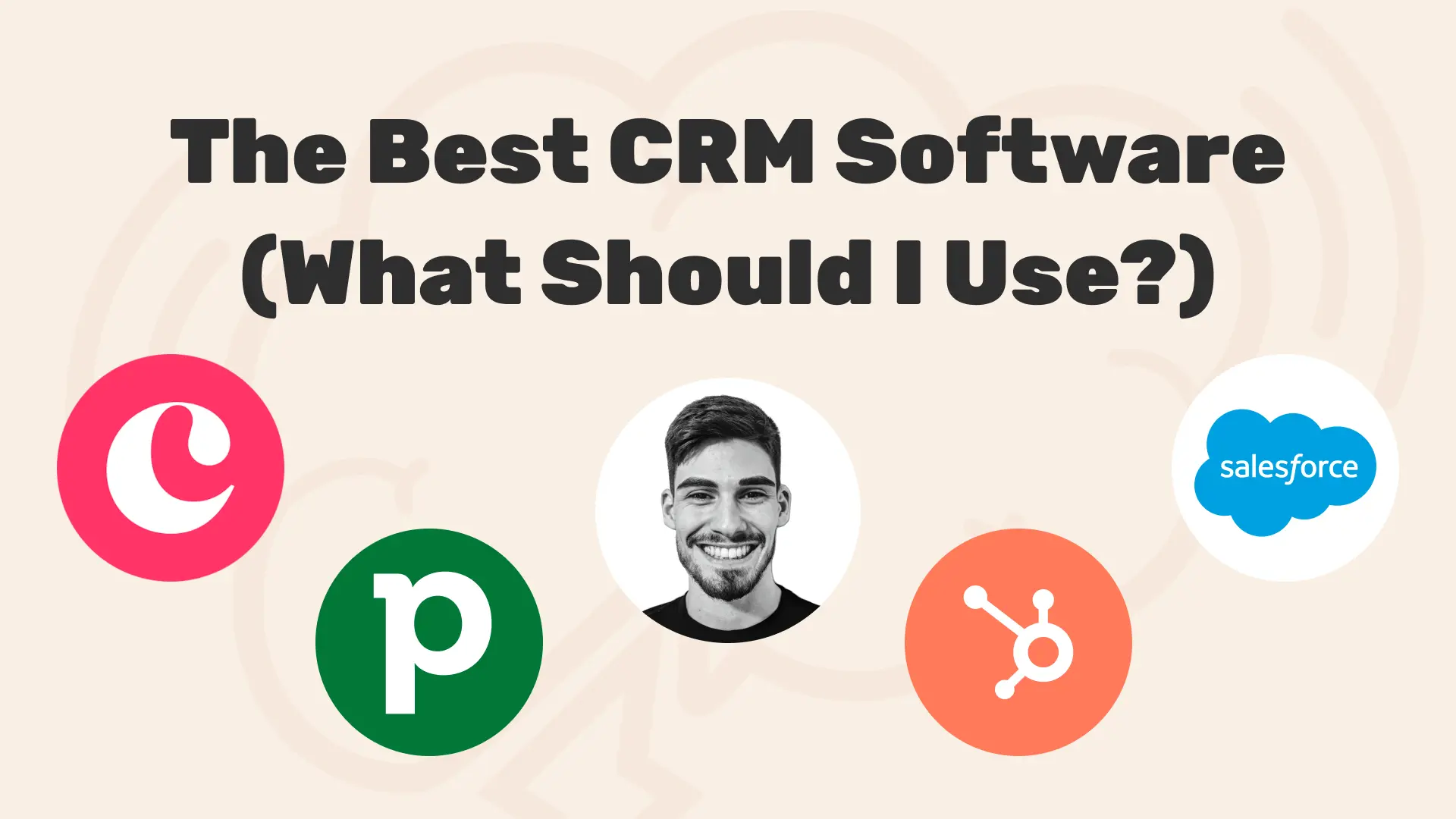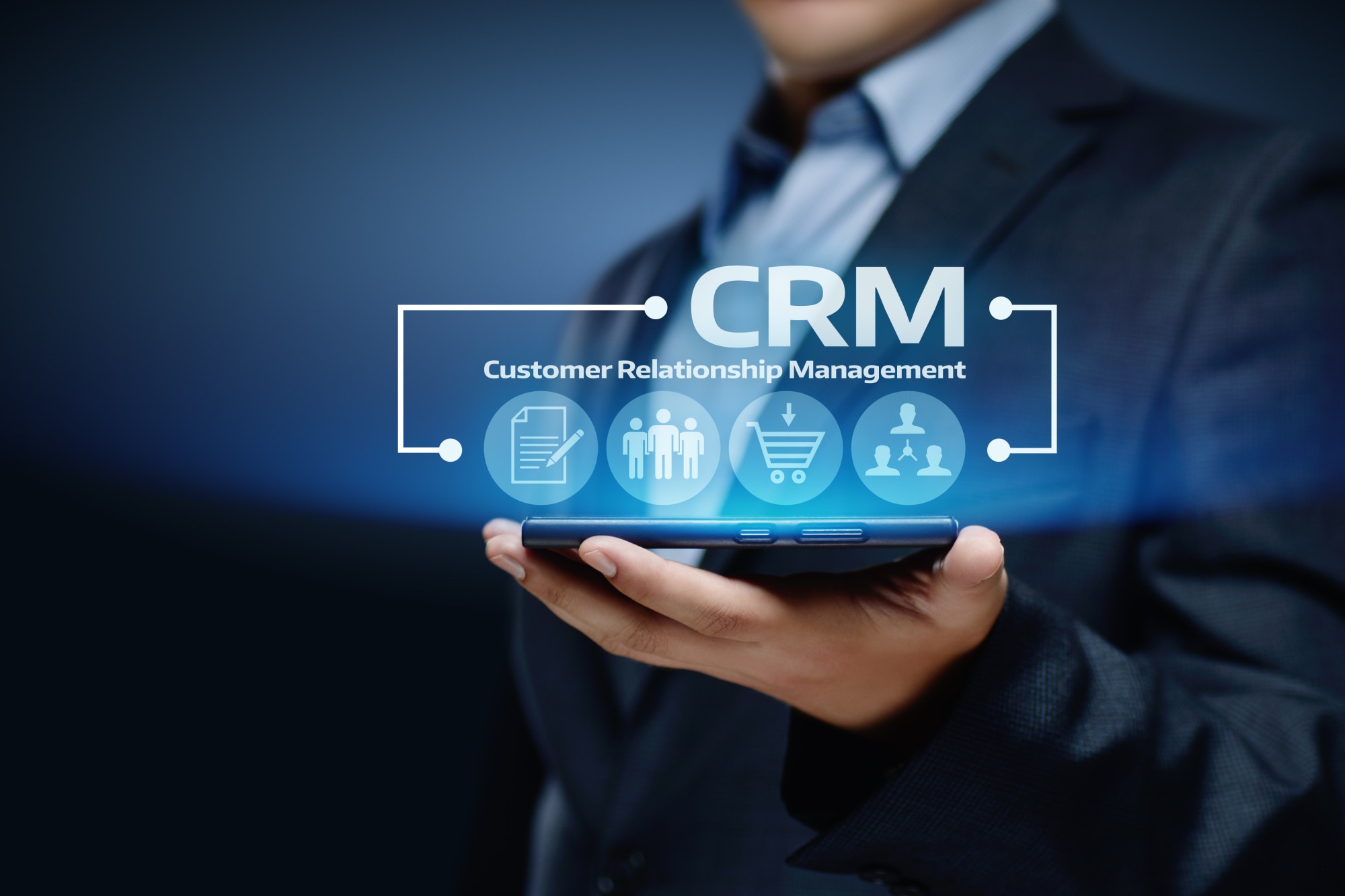In the ever-evolving landscape of business, staying ahead of the curve is paramount. One of the most effective tools for achieving this is Customer Relationship Management (CRM). However, simply implementing a CRM system isn’t enough. The true magic lies in understanding and optimizing its marketing performance. This comprehensive guide delves deep into the intricacies of CRM marketing performance, equipping you with the knowledge and strategies to transform your customer relationships into tangible business results.
Understanding the Core of CRM Marketing Performance
At its heart, CRM marketing performance is about leveraging your CRM system to maximize the impact of your marketing efforts. It’s about moving beyond simply collecting customer data and using that data to drive targeted campaigns, personalize customer experiences, and ultimately, increase revenue. Think of it as the engine that powers your marketing machine, ensuring every gear, every piston, works in perfect harmony.
The key elements that contribute to robust CRM marketing performance include:
- Data Quality: Garbage in, garbage out. The accuracy and completeness of your customer data are fundamental.
- Segmentation: Dividing your customer base into meaningful groups to tailor your messaging.
- Personalization: Delivering relevant content and offers based on individual customer preferences and behaviors.
- Automation: Streamlining marketing processes to save time and improve efficiency.
- Analytics: Tracking and analyzing key performance indicators (KPIs) to measure the effectiveness of your campaigns.
Without a solid grasp of these elements, your CRM system is just a fancy database. It’s the application of these principles that unlocks the true potential of your marketing efforts.
Setting the Stage: Defining Your Goals and KPIs
Before you dive into the specifics of CRM marketing, it’s crucial to define your goals. What do you want to achieve? Are you looking to increase sales, improve customer retention, or generate more leads? Your goals will dictate the KPIs you need to track.
Here are some common goals and associated KPIs:
- Increase Sales:
- Conversion Rate: The percentage of leads that convert into customers.
- Average Order Value (AOV): The average amount spent per order.
- Customer Lifetime Value (CLTV): The predicted revenue a customer will generate over their relationship with your business.
- Improve Customer Retention:
- Customer Retention Rate: The percentage of customers who remain customers over a specific period.
- Churn Rate: The percentage of customers who stop doing business with you.
- Customer Satisfaction (CSAT) Score: A measure of customer satisfaction.
- Generate More Leads:
- Lead Conversion Rate: The percentage of leads that convert into qualified leads.
- Cost Per Lead (CPL): The cost of acquiring a single lead.
- Marketing Qualified Leads (MQLs): The number of leads that meet your marketing criteria.
By clearly defining your goals and selecting the right KPIs, you create a roadmap for measuring success and making data-driven decisions.
Data: The Lifeblood of CRM Marketing Performance
As mentioned earlier, data quality is paramount. Your CRM system is only as good as the data it contains. Inaccurate, incomplete, or outdated data can lead to wasted marketing efforts, poor customer experiences, and ultimately, lost revenue. Think of it as building a house on a shaky foundation – it’s bound to crumble.
Here’s how to ensure your data is in tip-top shape:
- Data Cleansing: Regularly review and correct errors in your data. This includes removing duplicates, standardizing formats, and updating outdated information.
- Data Enrichment: Supplement your existing data with additional information from third-party sources. This can provide valuable insights into your customers’ demographics, interests, and buying behaviors.
- Data Governance: Establish clear policies and procedures for data collection, storage, and usage. This ensures data consistency and compliance with privacy regulations.
- Data Integration: Seamlessly integrate your CRM system with other systems, such as your website, email marketing platform, and social media channels, to create a unified view of your customer data.
Investing in data quality is an investment in your overall CRM marketing performance. It’s the foundation upon which all other strategies are built.
Segmentation: Tailoring Your Message to the Right Audience
Once you have clean and comprehensive data, the next step is segmentation. This involves dividing your customer base into distinct groups based on shared characteristics, such as demographics, purchase history, or behavior. Segmentation allows you to tailor your marketing messages to resonate with specific customer segments, increasing the likelihood of engagement and conversion. It’s like having a conversation with each customer, instead of shouting a generic message into the void.
Here are some common segmentation strategies:
- Demographic Segmentation: Grouping customers based on age, gender, income, location, and other demographic factors.
- Behavioral Segmentation: Grouping customers based on their past purchases, website activity, email engagement, and other behaviors.
- Psychographic Segmentation: Grouping customers based on their values, interests, lifestyles, and personalities.
- RFM (Recency, Frequency, Monetary) Segmentation: Analyzing customer behavior based on their recent purchases, how often they purchase, and how much they spend.
The more granular your segmentation, the more effective your marketing campaigns will be. Start with broad segments and refine them over time as you gather more data and learn more about your customers.
Personalization: Delivering the Right Message, at the Right Time
Personalization is the art of tailoring your marketing messages and offers to individual customers. It goes beyond simply using a customer’s name in an email; it involves delivering relevant content and experiences based on their preferences, behaviors, and needs. It’s about making each customer feel valued and understood.
Here are some ways to personalize your marketing efforts:
- Personalized Email Campaigns: Send targeted emails based on customer segments, past purchases, or website activity.
- Dynamic Website Content: Display different content on your website based on a customer’s browsing history or location.
- Product Recommendations: Suggest products based on a customer’s past purchases or browsing history.
- Personalized Offers and Promotions: Offer discounts and promotions tailored to individual customer preferences.
Personalization is not just a nice-to-have; it’s a necessity. Customers expect personalized experiences, and they’re more likely to engage with brands that deliver them.
Automation: Streamlining Your Marketing Processes
Marketing automation involves using software to automate repetitive tasks, such as sending emails, nurturing leads, and posting on social media. Automation frees up your marketing team to focus on more strategic initiatives, such as developing creative campaigns and analyzing results. It’s like having a tireless assistant working behind the scenes.
Here are some common marketing automation use cases:
- Email Marketing Automation: Automate the sending of welcome emails, nurture sequences, and abandoned cart emails.
- Lead Scoring: Automatically score leads based on their engagement and behavior.
- Social Media Automation: Schedule social media posts and track your social media performance.
- Workflow Automation: Automate complex marketing processes, such as onboarding new customers or managing customer support requests.
Marketing automation can significantly improve your efficiency and productivity, allowing you to scale your marketing efforts without adding more resources.
Analytics: Measuring, Analyzing, and Optimizing Your Performance
Analytics is the key to understanding what’s working and what’s not. By tracking and analyzing your KPIs, you can gain valuable insights into your CRM marketing performance and identify areas for improvement. It’s like having a crystal ball that reveals the secrets to success.
Here’s how to leverage analytics to optimize your performance:
- Track Your KPIs: Regularly monitor your KPIs to measure your progress towards your goals.
- Analyze Your Data: Identify trends, patterns, and insights in your data.
- Test and Optimize: Experiment with different marketing strategies and tactics to see what works best.
- Report and Communicate: Share your findings with your team and stakeholders to ensure everyone is aligned.
Analytics is an ongoing process. It’s not a one-time activity. By continuously monitoring, analyzing, and optimizing your performance, you can ensure that your CRM marketing efforts are always delivering the best possible results.
Putting It All Together: Best Practices for CRM Marketing Performance
Now that you have a solid understanding of the key components of CRM marketing performance, let’s look at some best practices to help you succeed:
- Choose the Right CRM System: Select a CRM system that meets your specific needs and requirements. Consider factors such as scalability, integrations, and user-friendliness.
- Invest in Training: Provide your team with adequate training on how to use your CRM system effectively.
- Integrate Your CRM with Other Systems: Connect your CRM system with your other marketing tools, such as your email marketing platform and social media channels, to create a unified view of your customer data.
- Develop a Customer-Centric Strategy: Put your customers at the center of everything you do. Focus on delivering exceptional customer experiences.
- Continuously Test and Optimize: Regularly test and optimize your marketing campaigns to ensure they are delivering the best possible results.
- Stay Up-to-Date: The marketing landscape is constantly evolving. Stay up-to-date on the latest trends and technologies.
- Foster Collaboration: Encourage collaboration between your marketing, sales, and customer service teams. A unified approach is essential for success.
- Prioritize Data Security: Protect your customer data by implementing robust security measures and complying with all relevant privacy regulations.
By implementing these best practices, you can create a CRM marketing strategy that drives significant results.
The Future of CRM Marketing Performance
The future of CRM marketing is bright, with exciting new technologies and trends emerging. Here are some key areas to watch:
- Artificial Intelligence (AI): AI is being used to automate marketing tasks, personalize customer experiences, and predict customer behavior.
- Machine Learning (ML): ML algorithms are being used to analyze vast amounts of data and identify hidden patterns and insights.
- Hyper-Personalization: Delivering highly personalized experiences based on individual customer preferences and behaviors.
- Customer Data Platforms (CDPs): CDPs are used to collect, manage, and activate customer data from multiple sources.
- Voice Search Optimization: Optimizing your content for voice search to improve your visibility in search results.
Embracing these technologies and trends will be critical for staying ahead of the competition and achieving long-term success in CRM marketing.
Conclusion: Unleashing the Power of CRM Marketing
CRM marketing performance is not just about implementing a CRM system; it’s about embracing a customer-centric approach and leveraging data, segmentation, personalization, and automation to drive results. By following the strategies and best practices outlined in this guide, you can transform your customer relationships into a powerful engine for growth. It’s a journey, not a destination. Continuously refine your strategies, adapt to changing market dynamics, and always put your customers first. The rewards of a well-executed CRM marketing strategy are immense – increased sales, improved customer retention, and a stronger, more profitable business.
So, take the plunge, embrace the power of CRM marketing, and watch your business thrive.





